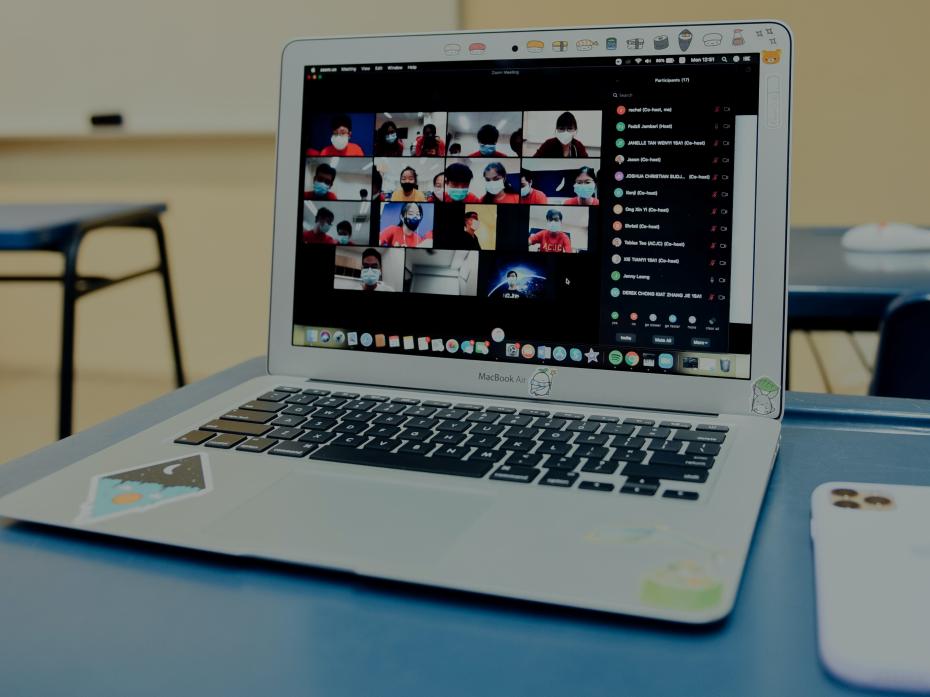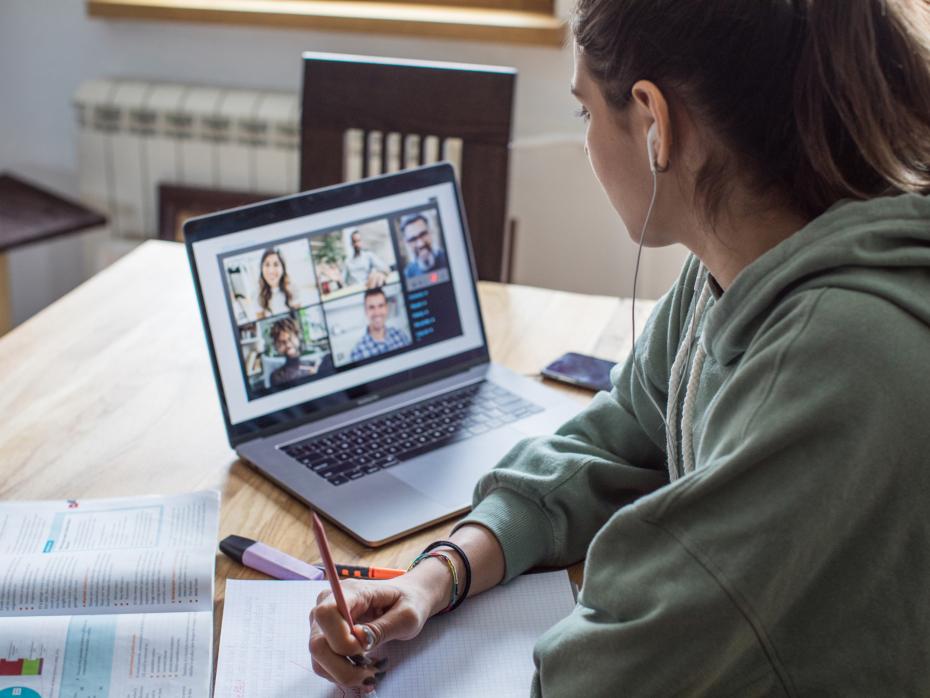About 60 per cent of my students typically come from abroad to study economics at University College London (UCL).
Inevitably, there are times when a student must travel back to their home country mid-semester to attend an important event or deal with a family crisis. In normal times, they simply catch up with any learning missed once they return.
But global lockdowns have resulted in many students being stranded overseas, unable to travel for long periods, with learning continuing online.
Let’s look at the barriers to learning remotely from abroad and how to give those studying online overseas the best possible experience, wherever they are.
Tackle technical limitations
Technology can vary enormously across the world, so strategies are needed to reduce the risk of technical issues preventing overseas students from accessing lessons remotely.
One approach that worked well for me was to enlist the help of two students located in Bangladesh and Pakistan. They ran local tests of all the systems, tools and resources we use to deliver online lessons. Through their international student networks, we extended testing to other countries, too.
It’s also worth ensuring that learning materials can be accessed from any device. If good wi-fi is accessible only from a phone in a public place, for example, making materials mobile-friendly and easily downloadable means that continuous internet isn’t required.
Reach students in different time zones
Videoconferencing tools such as Zoom and Teams are great for bringing students together online to work collaboratively and ask their tutors questions. But how do you ensure that students locked down in different time zones get similar opportunities to interact with others in real time?
We’ve addressed this in various ways.
Live Zoom sessions are scheduled largely in the morning because many of our students are located in east Asia and can attend without disrupting their “normal” routine. We also run smaller online tutorial groups throughout the day. Students further afield can sign up to the sessions that work best with their local time zones and fit these around other commitments.
In addition, private channels on Teams allow students located in specific regions to work together on group projects at a time of their choosing. The students can manage these sessions themselves and simply tag me in the virtual chat if they have any questions, knowing that I will respond once I’m back online in the UK.
But there are times when it’s simply not possible for a student abroad to log on to a class. Using a video platform such as Echo360, students can access a central repository of all recordings, including virtual live sessions and group discussions, so they can not only catch up on lessons missed but also rewatch at their convenience sessions they’ve previously attended. Being able to view a full transcript of what was said is helpful, too, for revision purposes, for those with special needs and disabilities and for students who don’t speak English as a first language.
Engage students globally
Keeping students engaged at a distance can be challenging, so I like to give them an active role in the lesson and make them feel they are in the “room” with me.
Interactive questions (open-ended and multiple-choice), embedded into pre-recorded videos, offer students learning activities, with feedback, that they can access at their leisure. In addition, I use polling software extensively in live online sessions to encourage participation and to check students’ understanding, as I would in a physical classroom. I can view individual responses and engagement levels, and students can always raise a virtual hand to ask or answer a question anonymously. This adds value to the live sessions, making them more about interaction and less about content delivery.
Prevent isolation
The pandemic has underlined how important the social and extracurricular aspects of university life are to students. With planning, at least some aspects of these can be replicated remotely for those learning from abroad.
I’ve participated in student-run and university-facilitated quizzes and “Meet the Lecturer” events attended by students from around the world. Attendees have told me how much these events help to build a sense of community and break the relative isolation of learning online.
A virtual event I organised when the first lockdown hit was much appreciated by a group of students forced to miss the last two weeks of their course. One student who joined from a quarantine hotel in central Europe was delighted just to see another human face.
Looking ahead
Well-designed education portals have been critical for ensuring continued learning online for overseas students and others during lockdown. With some longer-term changes, universities could use this experience to better attract and engage students at home and afar for years to come.
Parama Chaudhury is professor (teaching) and director of the Centre for Teaching and Learning Economics (CTaLE) at University College London.




comment